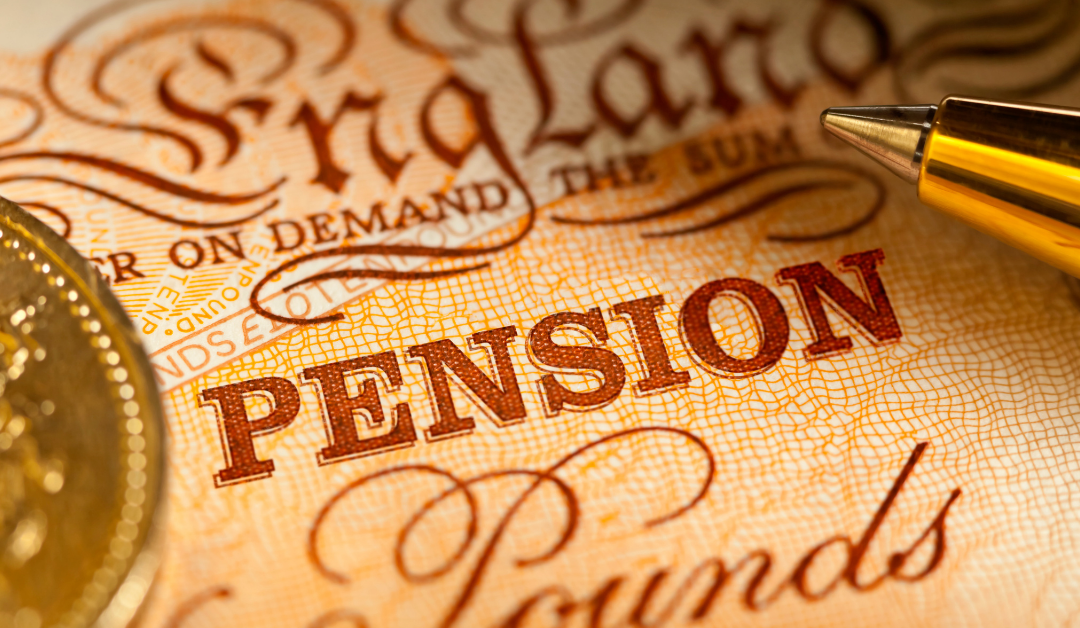Before delving into the differences, let’s first explore what each of these pension schemes is. We also have a free downloadable guide on UK pensions which you may find useful and can be found here and you can also book a free consultation if you need some advice.
What is a Defined Benefit Scheme?
A Defined Benefit Scheme, also sometimes referred to as a Final Salary Scheme is pre-defined in its structure. These schemes provide a structured income for life, with elements such as; the age of access, death benefits and benefit escalation also structured by the scheme.
What is a Self Invested Personal Pension (SIPP) Scheme?
A Self Invested Personal Pension Scheme, also known as a SIPP, is a flexible pension structure. Within this structure, individuals can choose from a diverse range of investments, all of which are approved by HM Revenue and Customs. SIPP schemes are known for providing flexible retirement options.
What Types of UK pension schemes are there?
In addition to Defined Benefit Schemes and SIPPS, there are multitude of other schemes such as:
| Defined Contribution Schemes | Members and their employers typically contribute a percentage of the members salary into a defined contribution scheme where a fund value is held. This fund value is then invested and will rise/fall depending on investment performance as well as if and when further contributions are added. |
| Small Self Administered Schemes (SAAS) |
A SSAS is primarily set up by private and family run businesses for the benefit of the owner directors and family employees. The number of members for a SSAS generally does not exceed 11. A SSAS can offer particular benefits to business owners including:
|
| State Pensions |
To be eligible for the State Pension, you must have paid or been credited with NI (National Insurance) contributions. The amount provided by the State Pension changes, increasing yearly by the ‘triple-lock’ or whichever of the following are higher:
|
What are the major differences between DBS and SIPP Schemes?
| Defined Benefit Scheme | Self Invested Personal Pension (SIPP) |
| Normal retirement age (NRA) typically at 60 or 65. Only at NRA can the pension be accessed without penalty | Can be accessed from the age of 55 |
| Fixed income | Ability to set income |
| Income is calculated as a percentage of final salary and years at the employer | Income is determined by investment value and drawdown rate chosen. Flexibility is provided to the income which is drawn each year |
| No investment rule, income grows in line with the scheme rules and typically this is in line with inflation | Investment approach |
|
On your death, your spouse will receive typically ½ or ⅓ of what you would have received |
On your death, a nominated beneficiary receives 100% of the pension value |
|
Risk is at a corporate level (if the pension fund is underfunded or the company goes into liquidation, the pension can be reduced or lost) |
Risk is at an investment level (this depends on what assets you invest your pension into) |
| Generally no passing of benefits after spouse | Ability to pass in entirety to the beneficiaries |

